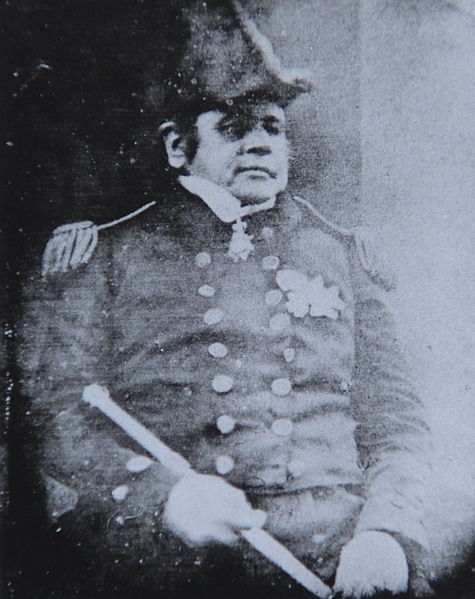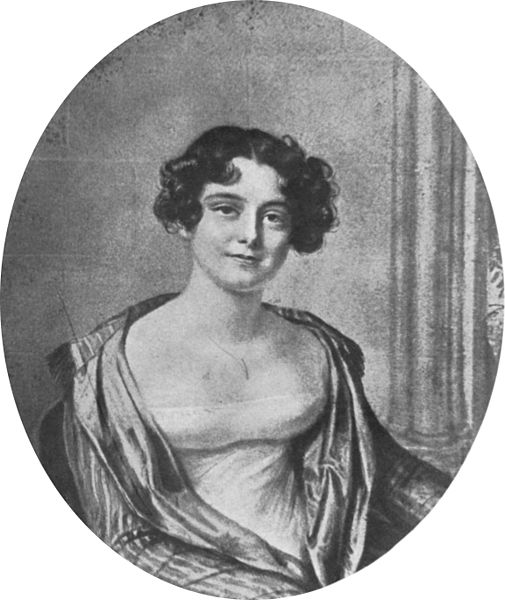HMS Resolute was a mid-19th-century barque-rigged ship of the British Royal Navy, specially outfitted for Arctic exploration. Resolute became trapped in the ice searching for Franklin's lost expedition and was abandoned in 1854. Recovered by an American whaler, she was returned to Queen Victoria in 1856. Timbers from the ship were later used to construct the Resolute desk which was presented to the President of the United States and is located in the White House Oval Office.
An etching of HMS Resolute from December 1856.
HMS Resolute and HMS Intrepid winter quarters, at Melville Island, 1852–53. Drawn by George Frederick McDougall, sailing master on Resolute.
Queen Victoria visits Resolute, 16 December 1856, after its rediscovery and return to the British by the Americans.
Presidential cat Socks sitting at the Resolute desk in 1994
Franklin's lost expedition
Franklin's lost expedition was a failed British voyage of Arctic exploration led by Captain Sir John Franklin that departed England in 1845 aboard two ships, HMS Erebus and HMS Terror, and was assigned to traverse the last unnavigated sections of the Northwest Passage in the Canadian Arctic and to record magnetic data to help determine whether a better understanding could aid navigation. The expedition met with disaster after both ships and their crews, a total of 129 officers and men, became icebound in Victoria Strait near King William Island in what is today the Canadian territory of Nunavut. After being icebound for more than a year Erebus and Terror were abandoned in April 1848, by which point two dozen men, including Franklin, had died. The survivors, now led by Franklin's second-in-command, Francis Crozier, and Erebus's captain, James Fitzjames, set out for the Canadian mainland and disappeared, presumably having perished.

The Arctic Council planning a search for Sir John Franklin by Stephen Pearce, 1851. Left to right are: Sir George Back; Sir William Edward Parry; Edward Joseph Bird; Sir James Clark Ross; Sir Francis Beaufort (seated); Sir John Barrow, Jnr.; Sir Edward Sabine; William A. Baillie-Hamilton; Sir John Richardson; and Frederick William Beechey.
Sir John Franklin was Barrow's reluctant choice to lead the expedition.
Portrait of Jane Griffin (later Lady Franklin), 24, in 1815. She married John Franklin in 1828, a year before he was knighted.
Captain Francis Crozier, executive officer for the expedition, commanded HMS Terror.








